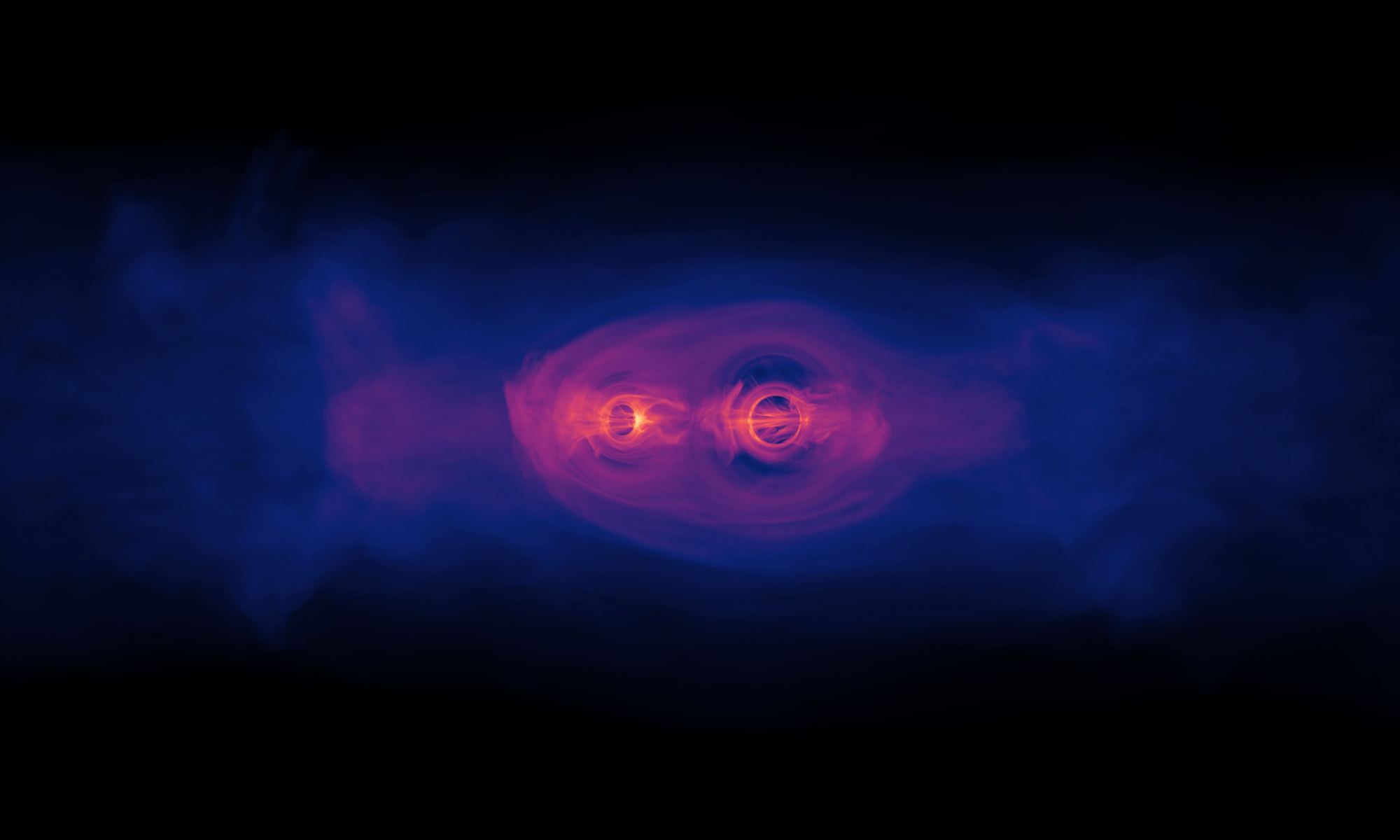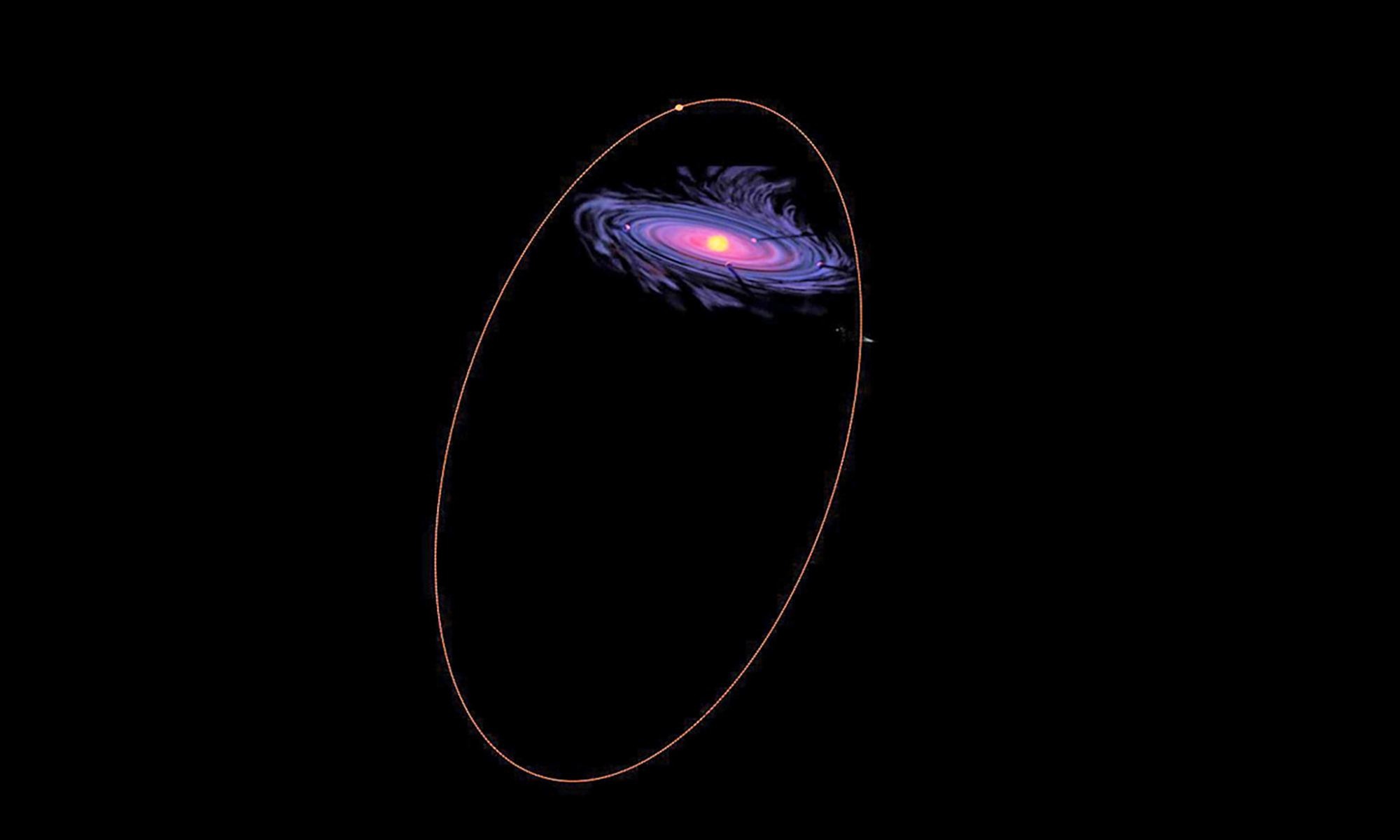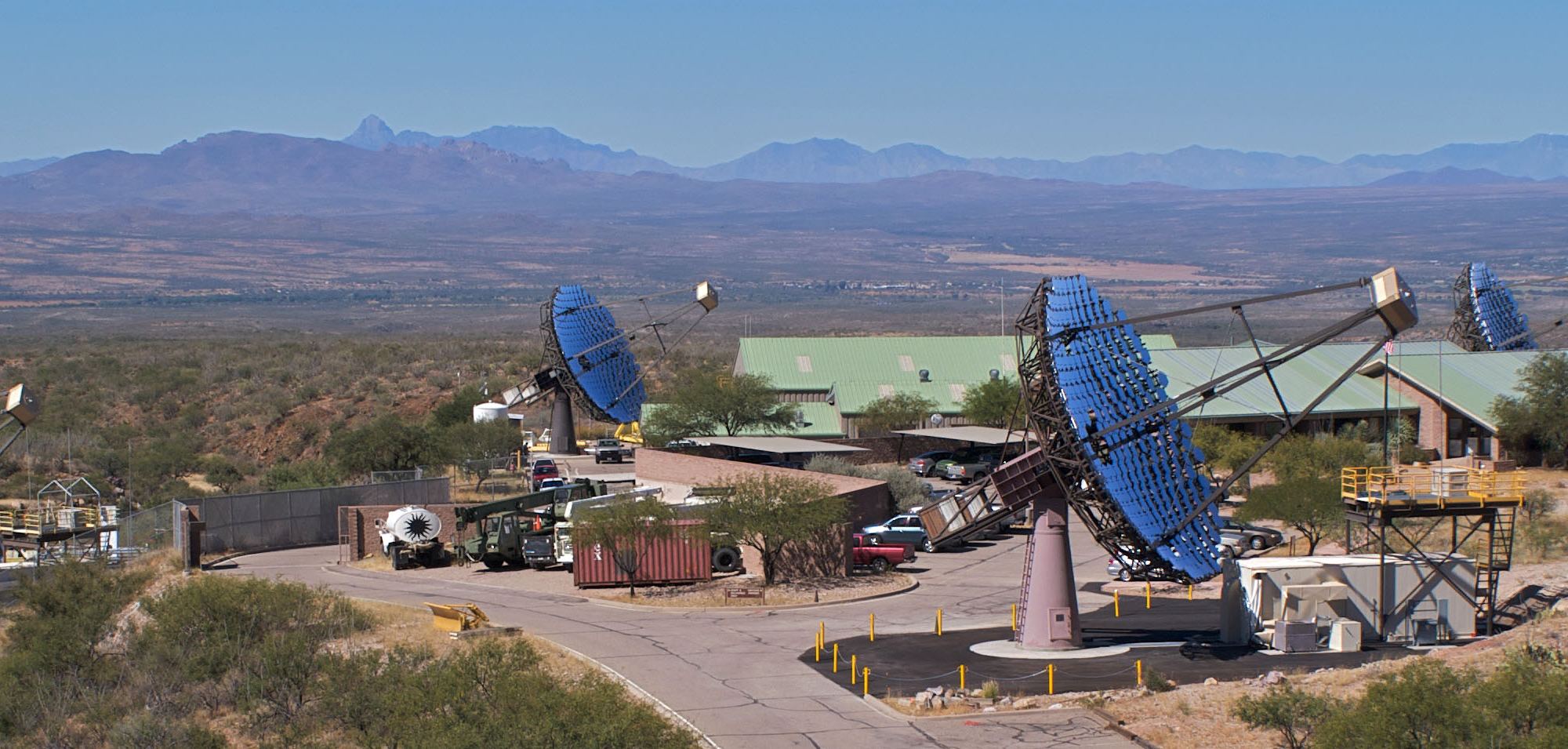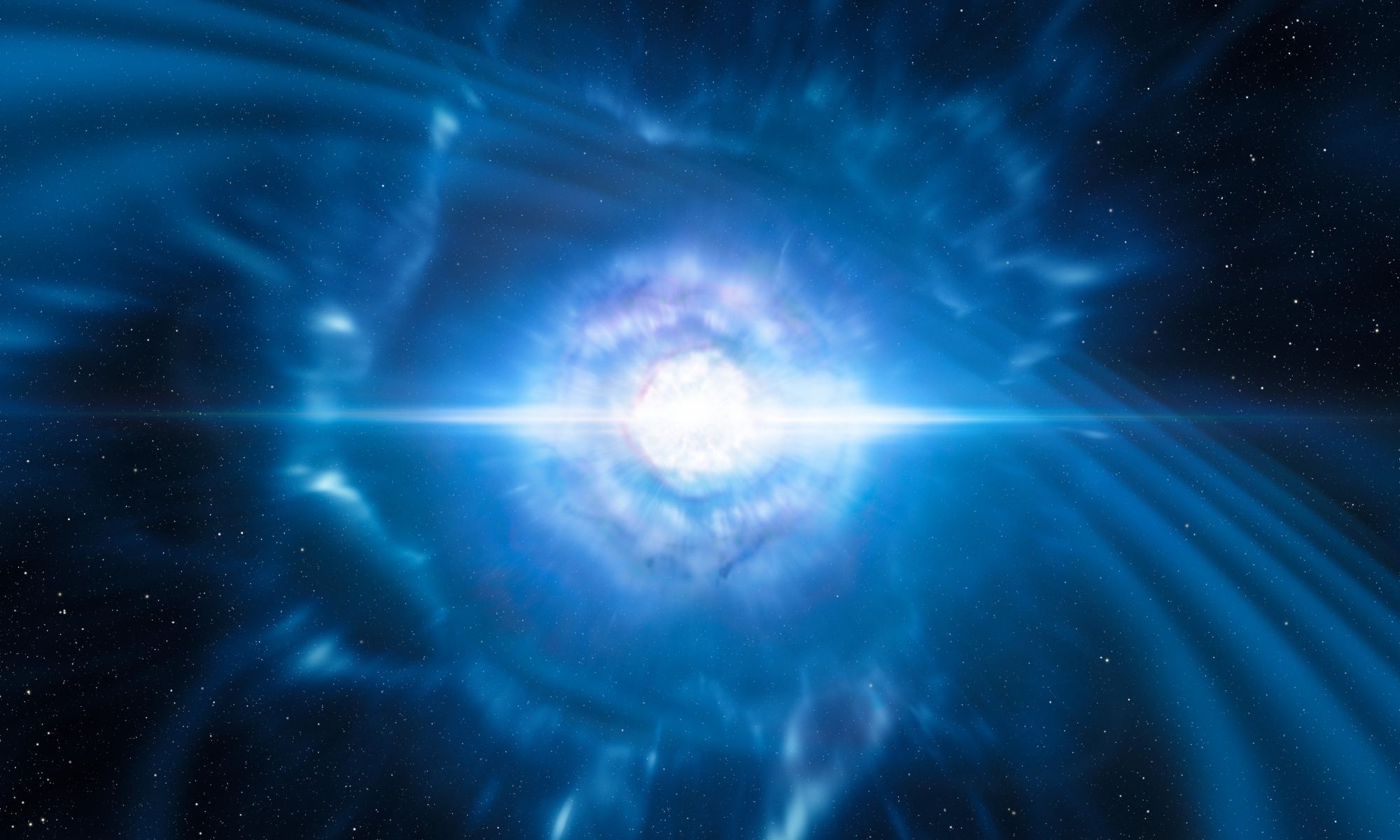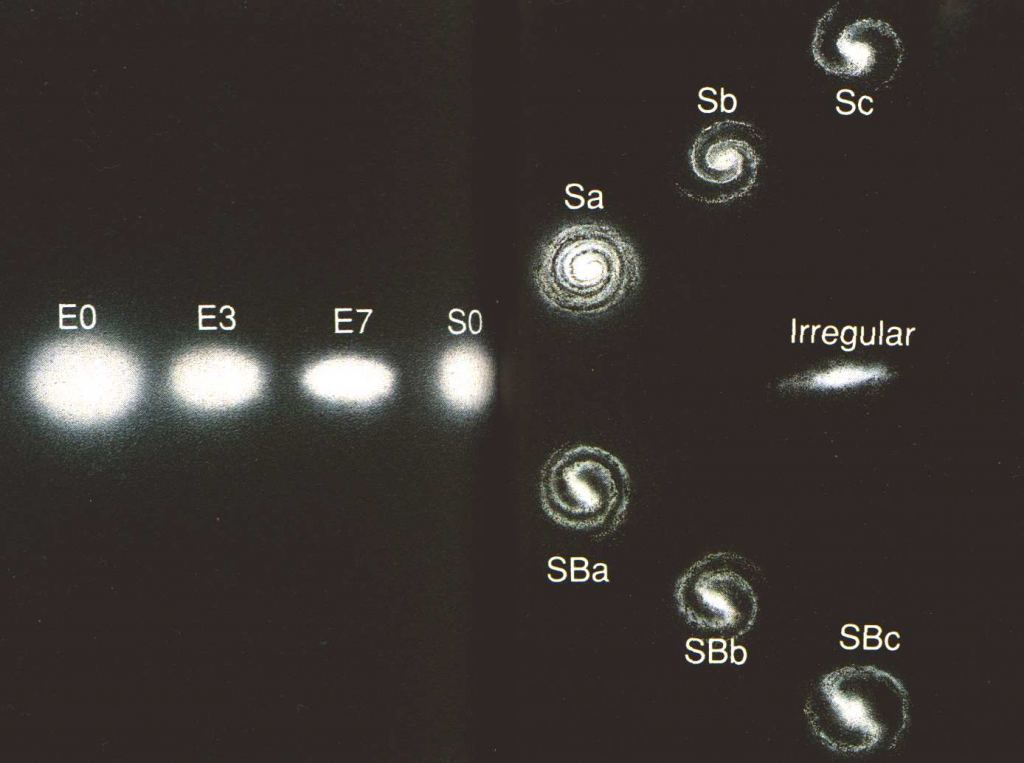Perhaps the most surprising prediction of general relativity is that of gravitational waves. Ripples in space and time that spread through the universe at the speed of light. Gravitational waves are so faint that for decades their detection was thought impossible. Even today, it takes an array of laser interferometers several kilometers long to see their effect. But what if we could detect them with a table-top experiment in a university lab?
In a recent paper published in the New Journal of Physics, a team of physicists proposes just such a device. Rather than using beams of light, they suggest using the quantum superposition of a single electron.
Continue reading “Could a tabletop experiment detect gravitational waves and determine the quantum nature of gravity?”



